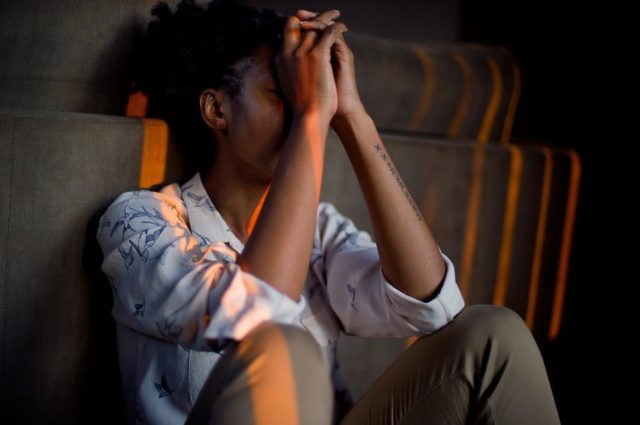Remote learning threatens to shift the focus of education from the critical study of social questions, to a singular focus on vocational skills
TEACHING in a post-Covid world may breed injustice. The move to remote or online learning in different ways results in greater distances between people.
Connecting less in person during the pandemic may breed habits for life after the pandemic, that deepen disconnection between people, families and communities.
This is the threat of social distancing becoming a way of life that causes social distances – the result of an unfortunate global terminology to encourage citizens to maintain safe physical proximities during the pandemic. Similarly, the move from learning and teaching in class to online or remote teaching and learning, inevitably may bring about greater distancing and distances between student and teacher.
This happens not only because they are not in the same classroom, but also because their sense is lost that they share similar lives, and therefore an underlying context and language that make their encounter to learn possible and transformative – in effect, student and teacher may become nameless to each other.
A sense of shared contexts and purposes between them is critical because it facilitates their openness to new perspectives and to question social realities.
As students and teachers face the threat of becoming nameless, greater distances may render the people and communities they must engage with as nameless and, therefore, also voiceless.
Similar to the way in which social distancing may lead people in their everyday lives to focus only on the basics of survival, rather than broader questions of how we connect with others, remote learning threatens to shift the focus of education from the critical study of social questions, to a singular focus on vocational skills.
This is the real struggle when higher education institutions must make the transition from contact to distance education. It’s a struggle for what we consider to be content fundamental to the curriculum and pedagogical approach of a programme, much more than for a revised format and method of how we deliver teaching and learning in a post-pandemic world.
Differently put, when access for the majority of students and teachers to data and devices for learning is limited, we minimise time spent on teaching and focus on skills, rather than critical consciousness.
Irrespective of our intentions, such a world runs the risk that education does not resolve injustice. That a post-pandemic world will rely heavily on remote learning is not in question – but what type of world will follow our shift to this mode of learning and teaching, is.
It is the struggle for core curriculum and humanising pedagogy that will determine what world will emerge.
While the curriculum as a rule refers to the formal content and learning outcomes of any programme, in large part who students become depends on the “hidden curriculum”.
This refers to the underlying lessons we learn about who and what really matters in how teaching takes place – who joins and speaks in a class, how questions are posed and what case studies are discussed, and the seemingly innocent ways of interacting between students and teachers.
It is the hidden curriculum of remote learning that poses the greatest threat to an education that builds a free and just society.
* Rudi Buys is the executive dean and dean of humanities of the private and not-for-profit higher education institution, Cornerstone Institute.
** The views expressed here are not necessarily those of the DFA








